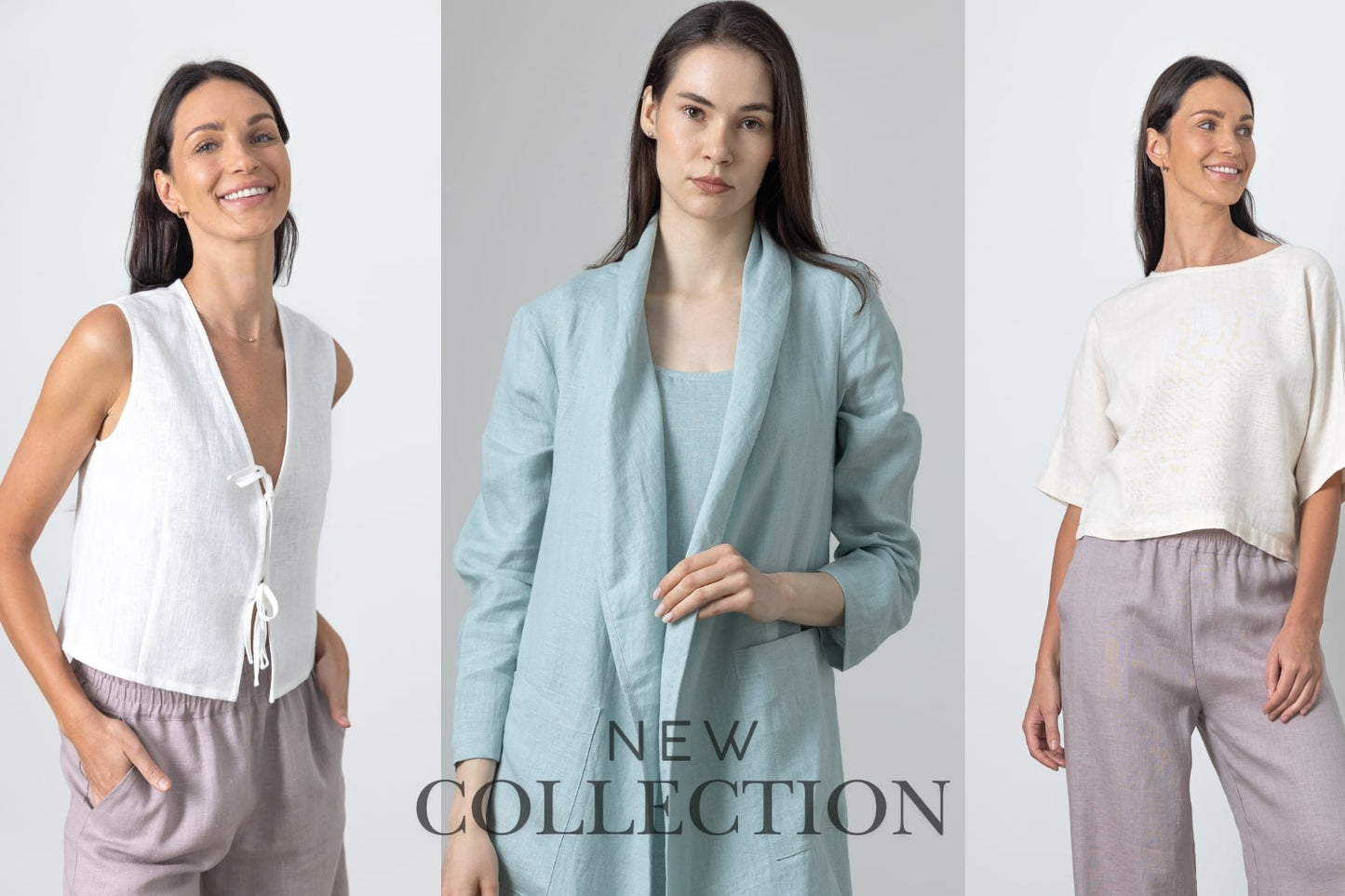This store requires javascript to be enabled for some features to work correctly.
WHAT IS LINEN FABRIC HISTORY

Throughout history Linen was considered a luxurious fabric. The first time it was discovered in Egypt 7000 BC, and 4000 BC in a Swiss lake in Europe. Producing linen cloth from flax required hard work, therefore not everyone was able to afford it. Sometimes linen was used even as a currency. Egyptians traded with Phoenicians, for this reason, linen fabric reached Ireland and other EU countries, and later the rest of the world. Linen has been used for clothing, bedsheets, napkins, households, etc. Historically, people thought that linen has protective powers against witchcraft, black magic, and spells. Moreover, we see linen fabric being mentioned in the Bible where Christ wore linen cloth by laying on his tomb.
How linen fabric is made
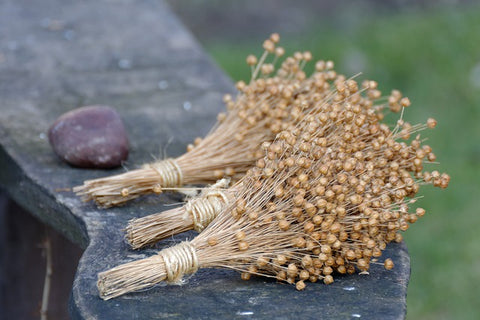
Linen fabric comes from fibers of the flax plant. Turning flax into linen is a long and convoluted journey. There are ten steps in the process:
- Sowing flax seed in April.
- The flax plant grows for about 3 months. After reaching maturity, traditionally the plant is pulled up by the roots and then dried.
- Seed removing (a process known as rippling).
- Soaking for about 2 weeks in water.
- Spread and dry.
- Flax lifted and bundled.
- Breaking process where the bundles of flax are crushed and the woody material is broken up.
- Crimping process – scutching or swingling to remove the remaining wood.
- Brushing process – hetcheled or hackled by drawing the fibers through sharp tines.
- Spinning process – fibers are spun into thread and woven into cloth, then bleached or dyed.
Where does linen flax grow
Linen seeds mostly grow in the moist cool climates of Northern and Middle Europe: Belgium, France, Holland, Eastern Europe (Baltic countries). Our store usually uses Baltic linen fabric which is OEKO-TEX certificated.

Linen fabric benefits
- Linen clothes are highly absorbent
- Linen clothing has great thermoregulation
- Linen is hypoallergenic
- Linen is anti-static
- Linen protects from UV
- Linen clothing is eco-friendly
Linen clothes are highly absorbent
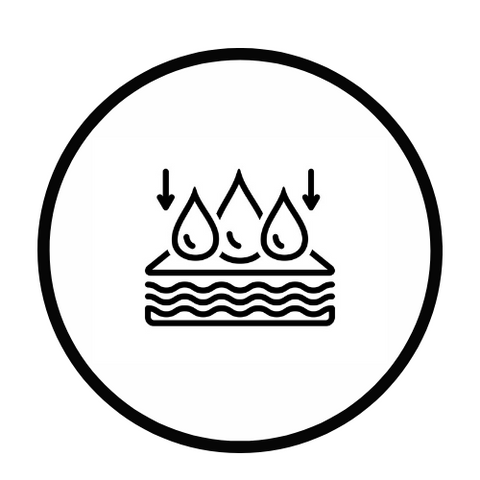
Linen can absorb up to 20% of its weight in moisture. By wearing linen clothes on a warm day you will feel cooler because of the natural flax fiber structure from which linen is made. Flax fiber is hollow and absorbs water well, so it quickly removes sweat from your body and also releases it back into the air. For this reason, linen will make you feel comfortable even on hot days.
Linen clothing has great thermoregulation
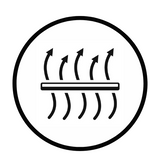
As mentioned before, linen has great thermoregulation in warm months. But did you know that it also has a warming effect in cool weather too? If you have allergic or sensitive skin then wool clothing probably isn’t a good choice for you in the cold season. Linen clothes could also retain the heat and prevent the body from cooling. The secret lies in the way flax fiber is structured with hollows which helps you keep warm.
Linen is hypoallergenic
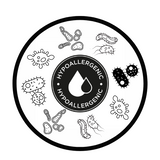
Linen clothing has so many great benefits and one of them is hypoallergenic – meaning that linen doesn’t cause allergies. If your skin is sensitive and has an allergic reaction then linen will fit you perfectly. Our linen items have OEKO-TEX® Standard 100 certification that guarantees it is safe to use and skin-friendly even for babies.
Linen is anti-static

Linen clothing does not collect static electricity. Moreover, it can reduce static in a person’s body, meaning unlike other materials such as satin, wool, for instance, it won’t cling to your body.
Linen protects from UV

One more benefit is that linen clothing reduces gamma radiation by about 50% and works as a protective shield against solar radiation.
Linen clothing is eco-friendly
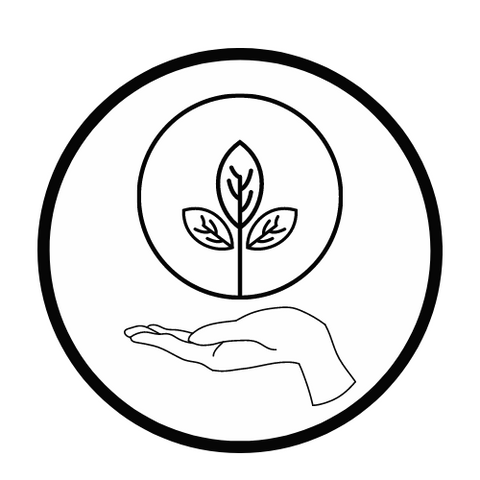
Did you know that linen fabric is the second strongest fabric after silk and that it’s about 30% stronger than cotton? Also, as we mentioned previously, linen is made from the flax plant, organic, blue-flowered plants that mostly grow in Northern Europe. These facts let us have more durable/ longer life fabric and help us to be more minimalistic/sustainable by keeping our environment greener.
Why we love natural linen clothing – and why you might too
Over the years, we’ve learned that the clothes we wear can do so much more than just cover us – they can shape how we feel every day. Linen has this easy, natural way of moving with the body. On warm summer mornings, we slip into our favorite linen clothing dresses and feel how the breathable fabric keeps us cool and comfortable. When the evening air turns cooler, we throw on a soft linen jacket women love, often pairing it with relaxed women linen pants for a look that’s warm, light, and effortless.
But what we truly appreciate about linen is that it’s gentle on both us and the planet. It comes from the flax plant, which grows naturally and doesn’t ask for much – just some sun, a bit of rain, and no heavy chemicals. The clothes we make, whether it’s a light linen dress or a pair of comfortable linen pants, are created to be worn and loved for many seasons, not just one.
When we choose linen, we’re choosing clothing that moves with our bodies, lets our skin breathe, and leaves a lighter footprint on the earth. It’s more than just a fabric – it’s a way of living that feels good in every sense.
Is clothing made from linen fabric breathable?
Yes! Linen lets air flow through easily, so you stay cool and fresh even on hot days. It also absorbs moisture and dries quickly, keeping you comfortable all day.
How should I care for linen clothing?
Wash in cool or lukewarm water on a gentle cycle. Air dry if you can, or tumble dry on low. Skip bleach and harsh detergents. You can read more in our Linen Care Guide article.
Why choose linen over synthetic fabrics?
Unlike synthetics, linen is natural, breathable, and free of harmful microplastics. It keeps you comfortable in all seasons and is better for the planet.
Is linen suitable for autumn and spring?
Yes! Even though it’s often seen as a summer fabric, linen also keeps you comfortable in the in-between seasons. One of our customer favorites for layering in autumn and spring is our long duster cardigan.


